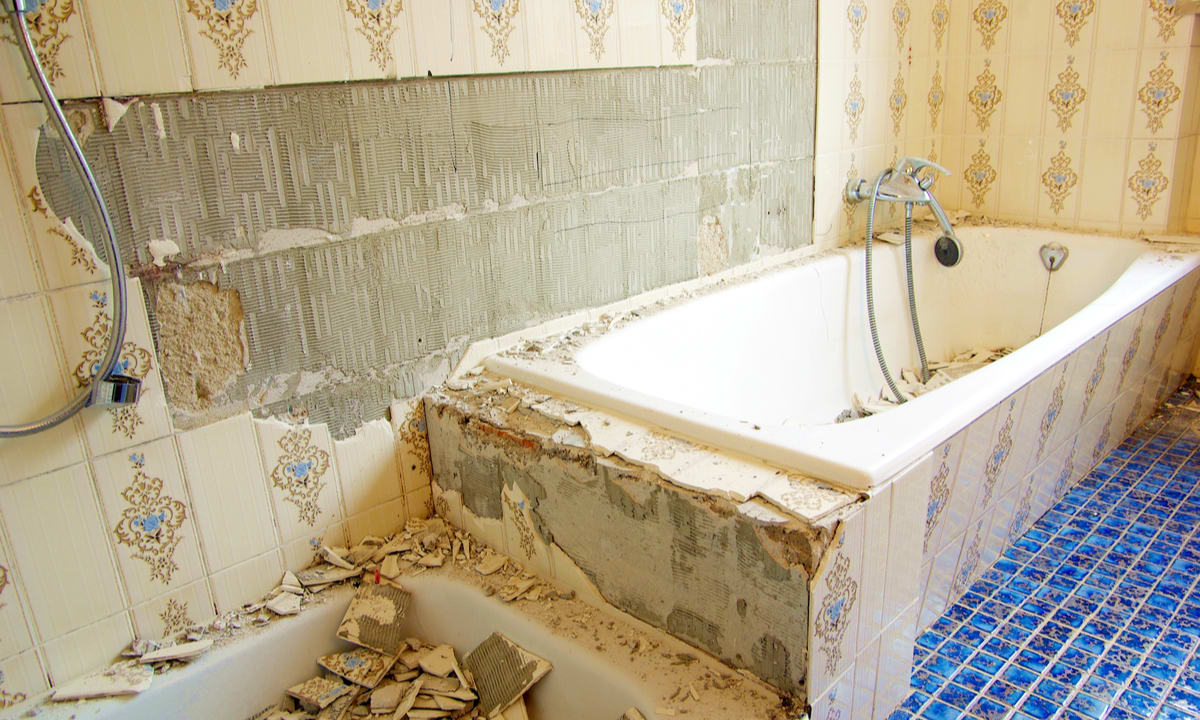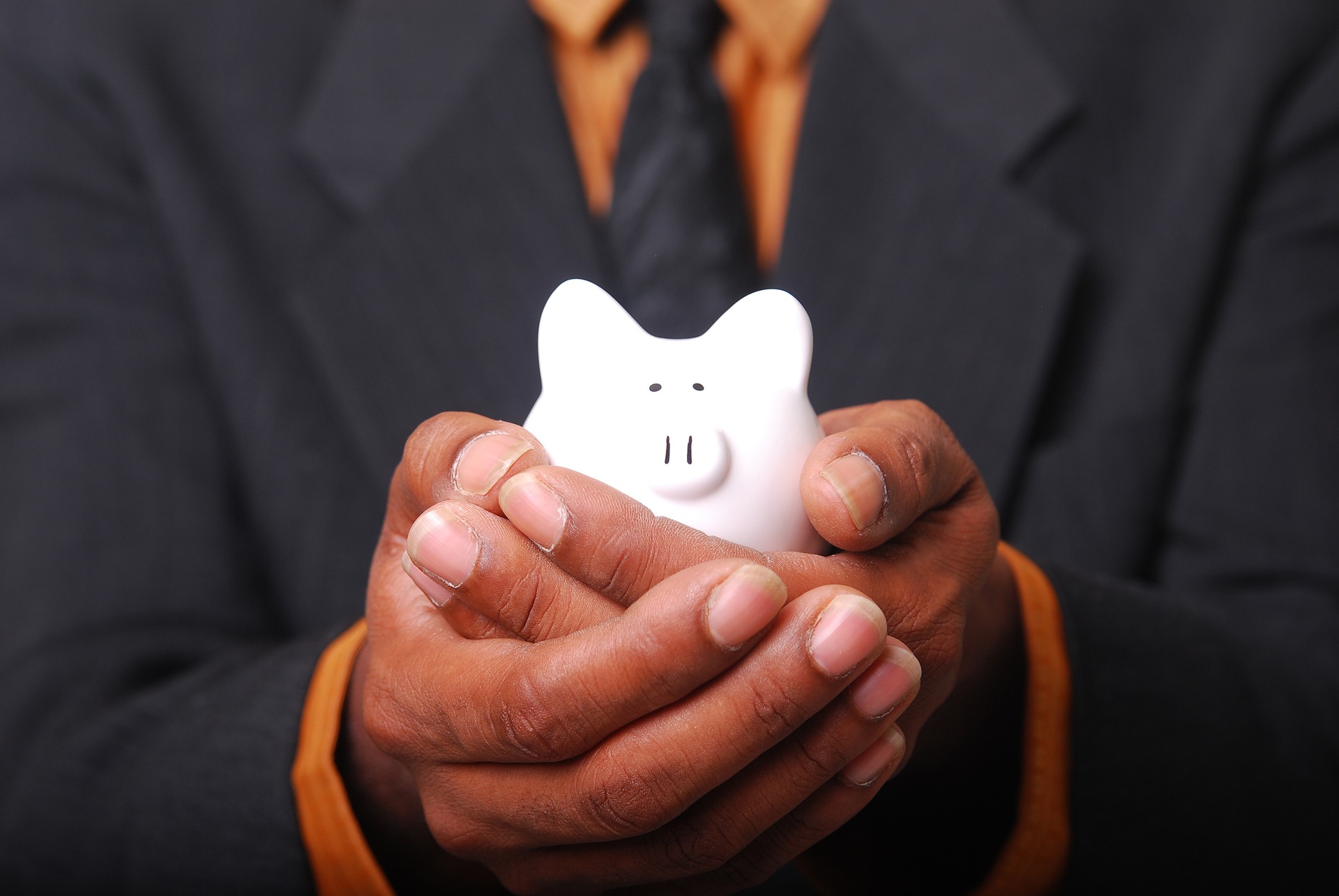Bathroom Remodel: Ideas and Budget Planning Considerations
A bathroom remodel can transform your daily routine and add value to your home. Whether you're looking to update a tired space or create a luxurious retreat, careful planning and budgeting are essential. This article explores various bathroom remodel ideas and provides guidance on budget planning to help you make informed decisions for your renovation project.

What are popular bathroom remodel ideas to consider?
When considering a bathroom remodel, it’s helpful to explore current trends and timeless designs. Popular ideas include:
-
Walk-in showers: These open, spacious designs can make a bathroom feel larger and more luxurious.
-
Freestanding bathtubs: A statement piece that adds elegance and a spa-like atmosphere.
-
Double vanities: Ideal for shared bathrooms, providing more storage and personal space.
-
Smart technology: From voice-activated faucets to programmable shower systems, technology can enhance functionality.
-
Natural materials: Incorporating stone, wood, or plants can create a calming, organic feel.
Consider your personal style and daily needs when selecting design elements for your bathroom remodel.
How can I effectively plan my bathroom remodel budget?
Budget planning is a crucial step in any bathroom remodel project. To create an effective budget:
-
Assess your finances and determine a realistic spending limit.
-
Prioritize your must-have items and allocate funds accordingly.
-
Research material and labor costs in your area.
-
Include a contingency fund of 10-20% for unexpected expenses.
-
Consider long-term savings from energy-efficient fixtures and durable materials.
Remember to factor in costs for demolition, plumbing, electrical work, and any structural changes in addition to visible elements like fixtures and finishes.
What factors influence bathroom remodel costs?
Several factors can impact the overall cost of a bathroom remodel:
-
Size of the bathroom: Larger spaces typically require more materials and labor.
-
Extent of the renovation: Cosmetic updates are less expensive than full gut renovations.
-
Quality of materials: High-end fixtures and finishes will increase costs.
-
Labor costs: Rates vary by location and the complexity of the project.
-
Structural changes: Moving plumbing or electrical elements adds significant expense.
-
Permits and inspections: Required for many remodels, these can add to the overall cost.
Understanding these factors can help you make informed decisions about where to allocate your budget.
How do different bathroom remodel options compare in cost?
When planning your bathroom remodel, it’s important to understand how different options can impact your budget. Here’s a comparison of common remodel choices and their estimated costs:
| Remodel Option | Description | Estimated Cost Range |
|---|---|---|
| Basic Update | Refreshing paint, hardware, and minor fixture upgrades | £3,000 - £7,000 |
| Mid-Range Remodel | New toilet, sink, tile flooring, and basic lighting | £10,000 - £20,000 |
| High-End Renovation | Custom cabinetry, luxury fixtures, heated floors, and expanded layout | £25,000 - £50,000+ |
| Wet Room Installation | Fully waterproofed room with walk-in shower area | £15,000 - £30,000 |
| Accessible Bathroom Conversion | Adding grab bars, walk-in tub, and widened doorways | £20,000 - £35,000 |
Prices, rates, or cost estimates mentioned in this article are based on the latest available information but may change over time. Independent research is advised before making financial decisions.
How can I save money on my bathroom remodel?
While a bathroom remodel can be a significant investment, there are ways to reduce costs without compromising quality:
-
Keep the existing layout to avoid expensive plumbing relocations.
-
Refinish or paint existing fixtures instead of replacing them.
-
Choose mid-range materials that balance quality and affordability.
-
Consider alternatives like vinyl flooring instead of expensive tile.
-
Do some of the work yourself, such as painting or simple demolition.
-
Shop sales and compare prices from multiple suppliers.
-
Reuse or repurpose items when possible, such as mirrors or light fixtures.
By carefully considering these cost-saving strategies, you can achieve a beautiful bathroom remodel within your budget.
What are important considerations for long-term bathroom remodel planning?
When planning your bathroom remodel, think beyond immediate needs to ensure long-term satisfaction:
-
Energy efficiency: Choose water-saving fixtures and energy-efficient lighting.
-
Aging in place: Consider features like grab bars and curbless showers for future accessibility.
-
Resale value: Neutral colors and classic designs tend to appeal to a wider range of potential buyers.
-
Durability: Invest in quality materials that can withstand moisture and daily use.
-
Maintenance: Select easy-to-clean surfaces and fixtures to simplify upkeep.
-
Ventilation: Proper airflow helps prevent mold and extends the life of your remodel.
By considering these factors, you can create a bathroom that meets your needs now and in the future, potentially saving money on further renovations down the line.
A well-planned bathroom remodel can significantly improve your home’s functionality and value. By carefully considering design ideas, budget constraints, and long-term needs, you can create a beautiful and practical space that stands the test of time. Remember to research thoroughly, obtain multiple quotes from reputable contractors, and prioritize your spending to achieve the best possible results within your budget.




